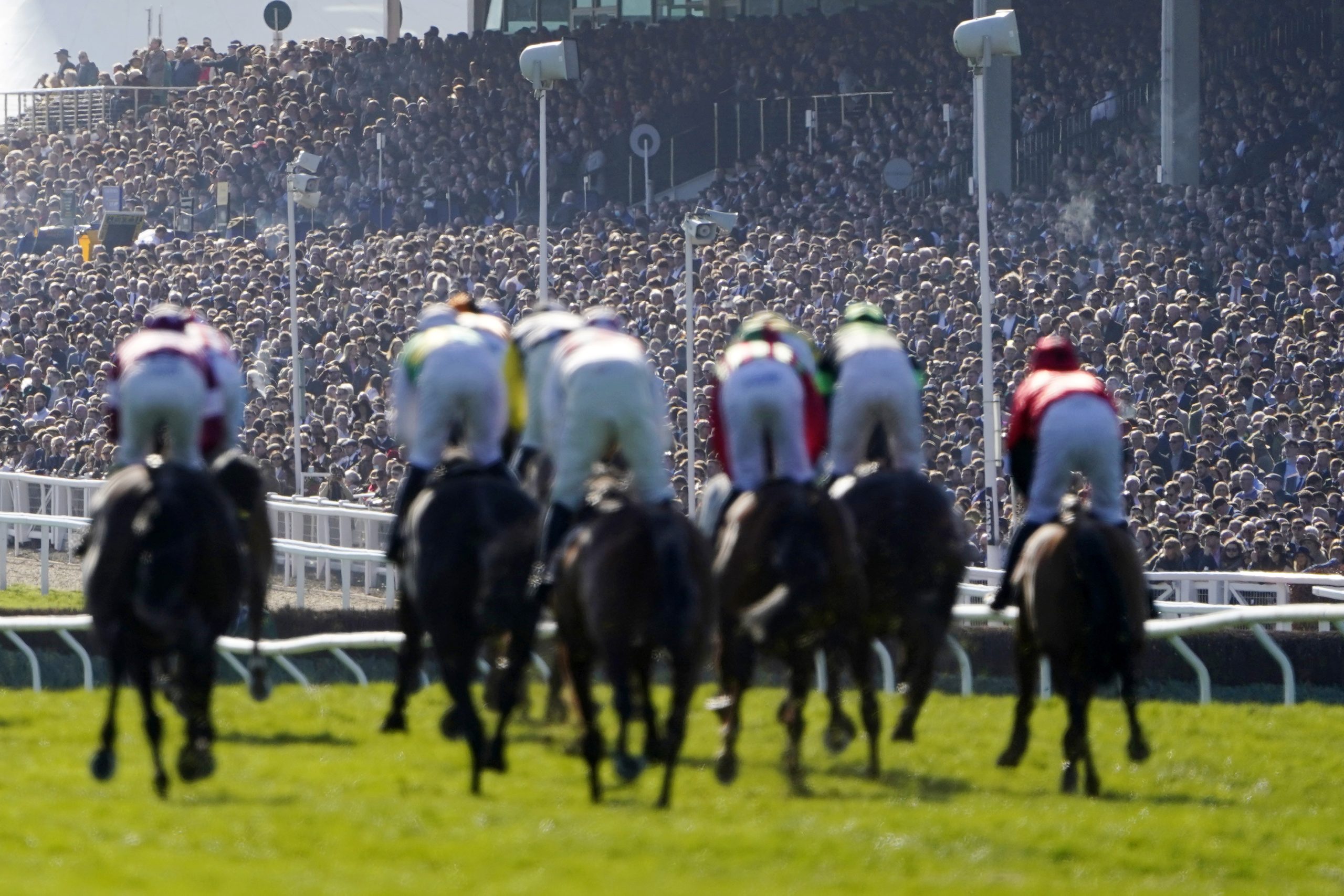
The British Horseracing Authority has announced a number of changes to the programme for the upcoming National Hunt season, including a minimum rating requirement for Grade One novice and juvenile hurdles.
Horses will only be allowed to run in the top-level contests should they have achieved a rating of 110 or higher, either through a published handicap mark or as assessed by the BHA handicapper to have to raced to that level in at least one hurdle run.
The BHA said the aim is to ensure horses have demonstrated a suitable level of ability over hurdles and brings the contests into line with other Grade Ones.
Had the rule been in place last season, Willie Mullins’ debuting 100-1 Triumph Hurdle winner Poniros would have been ineligible for the Cheltenham feature.
For exclusive stories and all the detailed Racing news you need, subscribe to the Racing Ahead website, digital edition, or magazine from as little as 8p a day.
Penalties
Another change is an increase in the number of weight-for-age novice chases.
As a result a significant number of class three novice limited handicap chases have been removed and replaced by beginner/novice chases with a minimum value of £12,000 (rising to £15,000 in 2026).
There have also been changes to the junior National Hunt hurdles programme, with the first races scheduled later in the year to give horses a little longer to develop, penalties for winners not being carried into a horse’s future career and non-winners permitted to drop back to junior National Hunt Flat races.
Tom Byrne, BHA head of racing and betting, said: “There’s a recognition across our industry about the importance of growing the number of horses – and particularly high-quality horses – that are bred, owned, trained and raced in Britain.
“Central to this is ensuring that developmental pathways exist so that we are nurturing future talent and, over the longer-term, making sure we are competitive at the top level.

(Adam Davy/PA)
Changes
“The changes being introduced for the jumps season are primarily geared towards improving the quality of racing for our participants and customers, and giving our promising younger horses the right opportunities to help them fulfil their potential over hurdles and fences.
“Like the measures introduced as part of the 2026 fixture list, such as the point-to-point bonus series and additional investment in the Elite Mares’ Scheme, these improvements may take time and require patience before we start to see the true benefits.
“For instance, the changes to weight-for-age novice chases may well result in some smaller field sizes for these contests in the short-term.
“But we firmly believe that whether it’s refining the novice chase division, requiring our top novice and juvenile hurdlers to show a level of form before competing in Grade One contests, or bolstering competition and returns for connections in the North, these are positive steps that can help support the long-term future of British jumps racing.”
READ MORE: Fallen Angel firmly on course for Sun Chariot




















